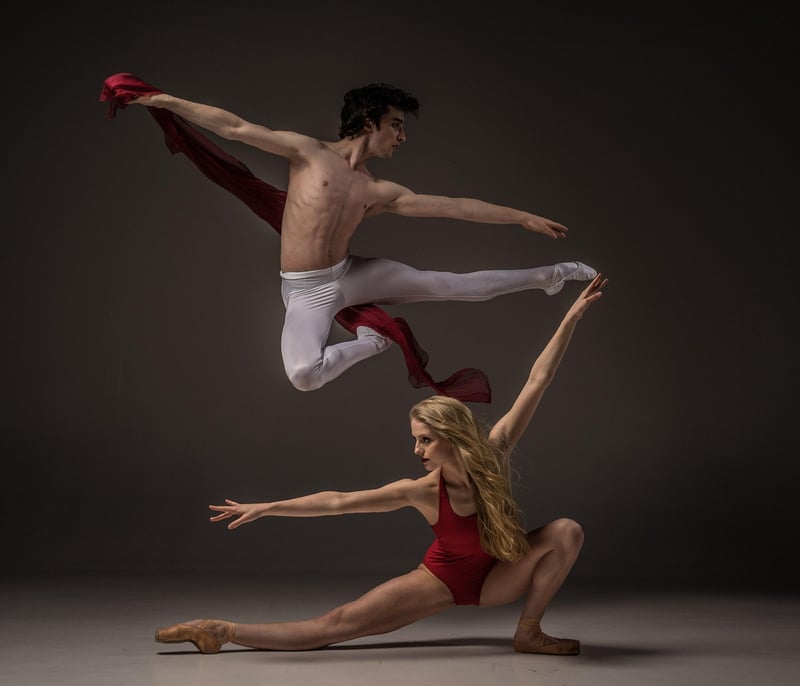Rhythmic Healing
Emotional Release Through Dance and Rhythmic Healing
Dance has been an integral part of human culture for centuries, not only as a form of entertainment but also as a powerful tool for emotional release and healing. The combination of movement, music, and rhythm can have a profound impact on our emotional well-being, allowing us to express and process complex feelings in a non-verbal way.
The Healing Power of Dance
When we dance, our bodies release endorphins, often referred to as "feel-good hormones," which can help reduce stress and anxiety. The physical act of dancing also allows us to release tension and pent-up emotions, providing a sense of catharsis and emotional release.
Rhythmic Healing
Rhythm plays a crucial role in the healing power of dance. Moving in sync with music can help regulate our heartbeat and breathing, promoting relaxation and a sense of inner peace. The repetitive nature of rhythmic movement can also create a meditative state, allowing us to quiet the mind and connect with our emotions on a deeper level.
Benefits of Emotional Release Through Dance
- Stress reduction and relaxation
- Improved mood and emotional well-being
- Increased self-awareness and emotional intelligence
- Enhanced creativity and self-expression
- Connection with others through shared movement and expression
How to Incorporate Dance for Emotional Release
Whether you're a trained dancer or have never danced before, you can still harness the healing power of dance for emotional release. Here are some tips to get started:
- Choose music that resonates with your emotions and allows you to move freely.
- Find a safe and comfortable space where you can dance without inhibition.
- Let go of self-judgment and allow your body to move intuitively to the music.
- Focus on the physical sensations and emotions that arise as you dance.
- After dancing, take a moment to reflect on your experience and any emotions that surfaced.
Remember, the goal of emotional release through dance is not about performance but about personal expression and healing. Allow yourself to be present in the moment and let the music guide your movements.
Conclusion
Embracing dance as a form of emotional release and rhythmic healing can have transformative effects on our well-being. By tapping into the healing power of movement and music, we can cultivate a deeper connection with ourselves and find solace in the expression of our emotions.
So next time you're feeling overwhelmed or in need of emotional release, consider putting on your favorite song, letting go, and allowing the rhythm to guide you towards healing and inner peace.

